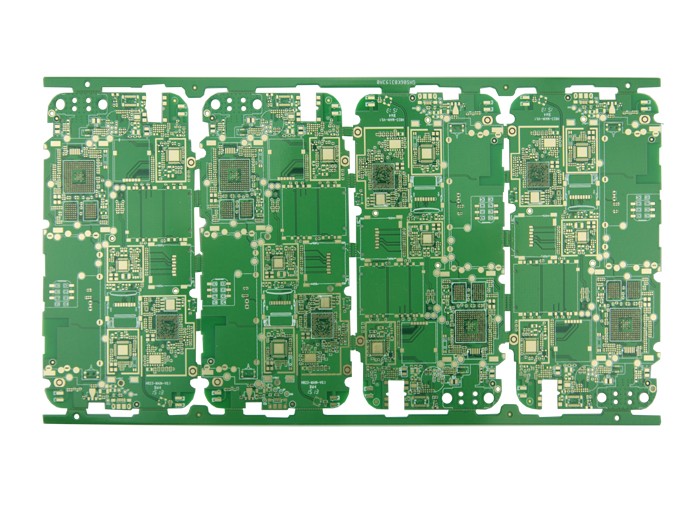During the screen printing process, various failures will occur, which affect both production and screen printing quality. There are many reasons for the failure, not only related to the level of the operator's screen printing technology, but also related to the performance of the printing material and substrate, the screen printing method, the screen quality, and the squeegee. If the screen printing operator is not skilled and the work quality is not high, screen printing failures are prone to occur. Similarly, if the printing material, screen, squeegee, screen printer, screen printing environment, etc. are not good, screen printing failures will also occur.

1. Regarding failures caused by PCB printing materials
1.1 Blocking holes
The printing material on the screen blocks the mesh of part of the screen, causing the printing material in this part to pass through less or not at all, resulting in poor printing graphics.
1.1.1 The number of screen meshes does not match the printing material used
The screen meshes used are high and the apertures are small, and the printing material used has a large particle size (fineness). The large particles in the printing material will block the mesh during screen printing and cause failures and affect screen printing. The large particles in the printing material are mainly from the fillers in the printing material, such as pigments, phosphors and so on. When using gold, silver conductive printing materials, carbon-based conductive printing materials, due to their large particle size, low mesh screens should be used to make the screen.
1.1.2 The printing material on the screen is dry
During the screen printing process, the solvent in the printing material evaporates due to environmental influences, which causes the printing material to dry. In this case, the appropriate printing material thinner should be selected according to the temperature and humidity conditions of the operating environment to control the drying speed of the printing material.
1.1.3 High viscosity of printing material
The printing material has high viscosity, strong viscoelasticity, and poor fluidity. Therefore, the printing material has poor permeability during screen printing and is prone to blockage. Generally speaking, to reduce the viscosity, add auxiliary or diluent to the printing material, and then use it after fully stirring.
Countermeasures:
1) Clean the screen carefully;
2) Re-experience the printed material and confirm whether it can continue to be used.
1.2 The reverse side of the printed board is contaminated by the printed material
Since the coating film of the printed material on the printed board is not completely dried, the printed boards are stacked together, causing the printed material to adhere to the reverse side of the printed board and cause contamination, for example: when using an oxidative polymerized printing material Due to the weight of the printed boards stacked together, the surface of the printed material coating is broken, causing the incompletely cured printed material of the inner layer of the coating film to stick to the reverse side of the printed board and cause pollution.
1.3 Poor bonding
The screen printing range is very wide, and it can be printed on a variety of materials. Therefore, there are many PCB factors that cause poor bonding.
1.3.1 Factors in the printed board cause poor bonding
The pre-treatment of the printed board has a great influence on the bonding strength. If the pre-treatment is not good, it will lead to poor bonding. There are many methods for pre-treatment. It is often difficult to check with the naked eye for the quality of the treated surface. The wetting test can be used to determine the quality of the treatment.
1.3.2 The selected printing material does not match the substrate
Appropriate printing materials should be selected according to the performance of the substrate material and the requirements of screen printing. Before the flow operation, the quality and surface treatment of the substrate materials should be tested to determine the selection of printing materials.